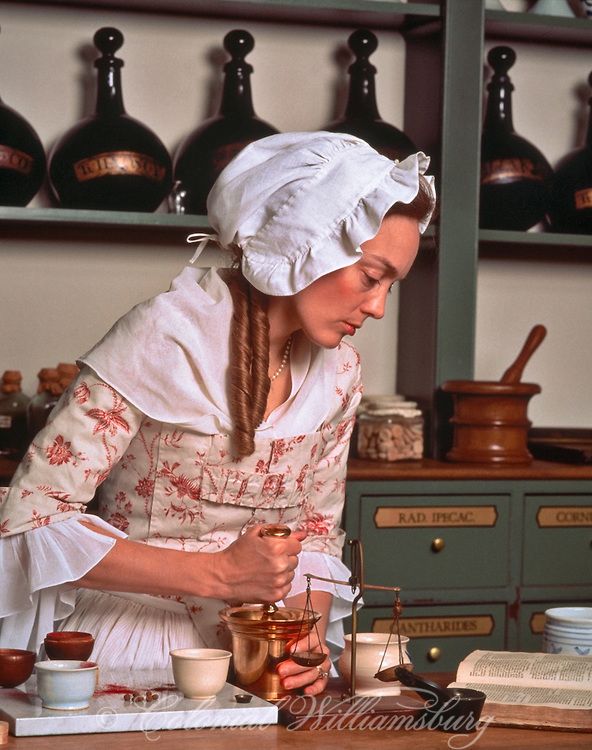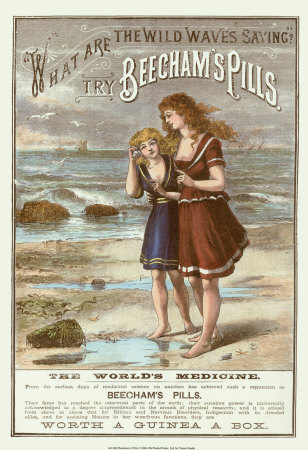The history of reproductive freedom in the United States is a long and complicated one. Most people would say that the United States illegalized abortions until the landmark 1973 Supreme Court ruling of Roe v. Wade. However, in reality, this is far from the case. Women would seek out female apothecaries to aid with their reproductive systems’ needs, especially in times of unwanted pregnancies. This tradition only changed when the male-ruled American Medical Association stepped in and decided women needed “proper” supervision. While women today once again get to control their reproductive systems, it is still under the watchful eyes of the AMA and threatened by the United States government.
Contrary to popular belief, colonial governing structures and their laws did not prohibit abortion. In fact, colonists divided pregnancy into two distinct stages, much like we do today,-“unquickened”, or non-moving, and “quickened,” or noticeably moving. Women in this time period often ingested potions or pills before the point of “quickening” to end early term unwanted pregnancies. The word “abortion” only referred to the termination of a pregnancy after “quickening.” Terminating a pregnancy after quickening proved much more difficult, and as a result, occurred only very rarely-much like today’s late-term abortions. (1)

None of the U.S states recognized abortion as a major criminal offense until 1860. During this time, the newly created and male-only American Medical Association (AMA) decided to monopolize the medical field by eliminating apothecaries as competition. As a result, most states made apothecaries illegal and, subsequently, the use of pregnancy-ending potions and pills. The criminalization of all forms of birth control soon followed, with most states prohibiting them under federal obscenity laws.
In 1938, following a great deal of activism on the part of birth control pioneer Margaret Sanger, a federal judge lifted the US ban on birth control. As a result, diaphragms emerged as a popular method of avoiding pregnancy. In 1960, for the very first time, the US Food and Drug Administration approved an oral contraceptive. In 1965, the Supreme Court gave married couples the right to use birth control, ruling that the Constitution protected its use under the right to privacy. In 1972, the Supreme Court ruled that all unmarried women also had the right to oral contraceptives. In 1973, the Supreme Court established a woman’s right to an abortion, as long as a physician belonging to the AMA performed it. (2)

Today, although abortion and birth control are legal, they are still only allowed under the watchful eyes of the AMA. Apothecaries are still illegal in most states, and this ban prohibits the majority of nurses and physicians assistants from providing any sort of meaningful healthcare. Some areas of the country, however, have taken steps in allowing midwives to assist women before, during, and after birth, in place of a physician. However, the monopolizing reign of the AMA still endures. Furthermore, some of the states have once again reared their heads, attempting to strictly regulate female reproduction. So far, on a federal level, their attempts have been unsuccessful.
Controversial aspects of female reproductive health have not always been so controversial. Women apothecaries, who understood the female body, would assist other women with their reproductive needs. Only after the dictation of the male-run AMA did abortions and forms of birth control even became illegal. Today, because of the advocacy of individuals such as Margaret Sanger, women once again have control of their reproductive systems, but only under the supervision of the AMA. Furthermore, female reproductive freedom still currently faces threats from various states, who are attempting, once again, to prohibit and/or strictly regulate certain aspects of female reproductive health. Only time will tell how far their efforts will restrict the access of women to the tools necessary for their reproductive empowerment.


